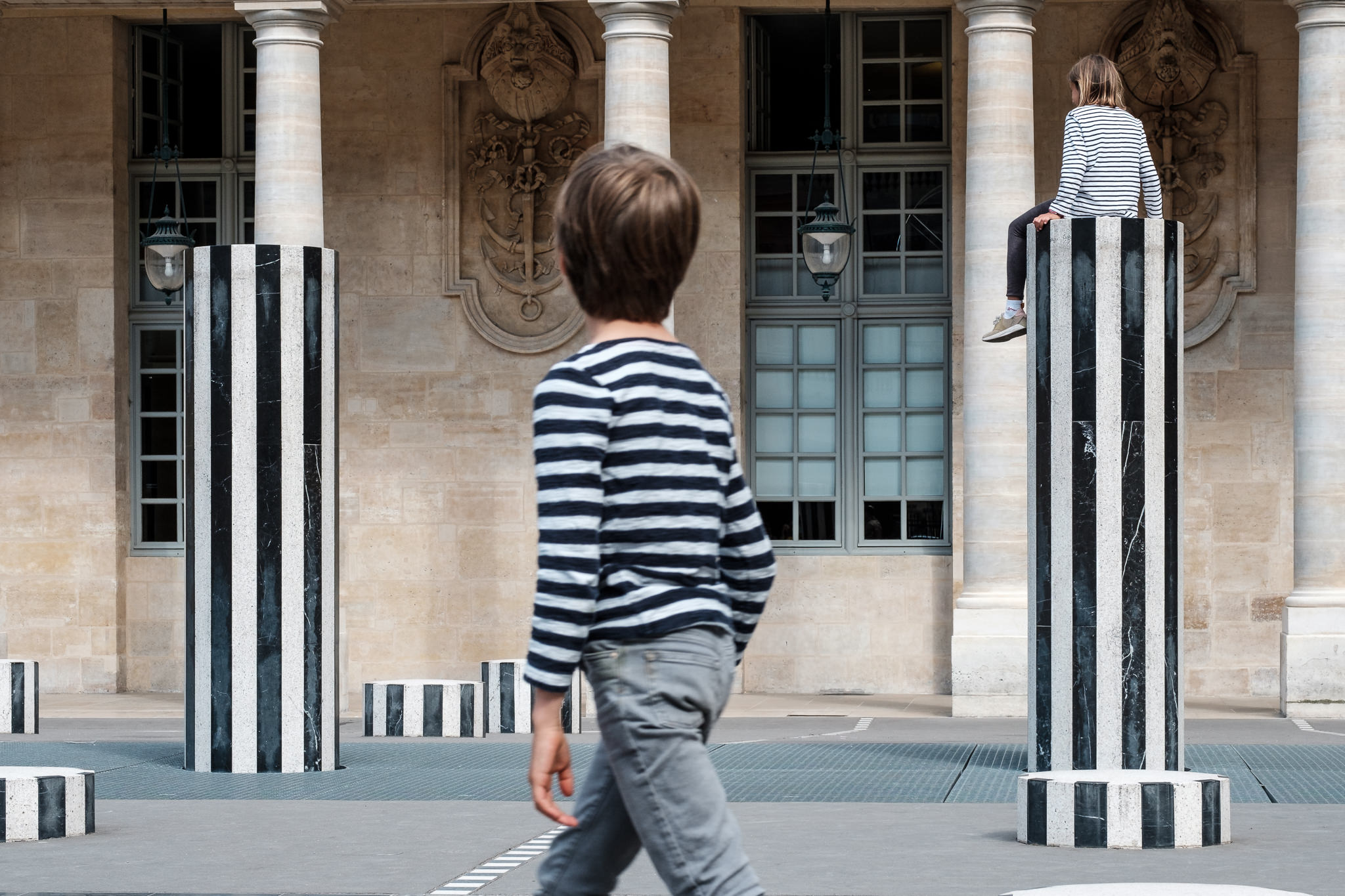Our Street Photographers Diaries
Our Street Photographers Diaries
Blog Article
The smart Trick of Street Photographers That Nobody is Talking About
Table of Contents10 Easy Facts About Street Photographers ShownThe Street Photographers DiariesHow Street Photographers can Save You Time, Stress, and Money.Getting The Street Photographers To WorkStreet Photographers - The Facts
, a genre of digital photography that documents daily life in a public place. The very publicness of the setting allows the photographer to take honest photos of complete strangers, commonly without their expertise. Street digital photographers do not always have a social objective in mind, but they like to separate and catch minutes which may otherwise go unnoticed.Though he was affected by much of those that influenced the street digital photographers of the 1950s and '60s, he was not chiefly curious about capturing the spirit of the street. The impulse to aesthetically document individuals in public started with 19th-century painters such as Edgar Degas, douard Manet, and Henri de Toulouse-Lautrec, who functioned side by side with digital photographers attempting to capture the essence of metropolitan life.
Due to the relatively primitive innovation readily available to him and the lengthy direct exposure time called for, he struggled to catch the stress of the Paris roads. He tried out with a collection of photographic methods, trying to locate one that would enable him to catch movement without a blur, and he found some success with the calotype, patented in 1841 by William Henry Fox Talbot. While the photographers' subject was basically the very same, the outcomes were substantially various, demonstrating the influence of the professional photographer's intent on the character of the pictures he created.
The Ultimate Guide To Street Photographers
Provided the fine high quality of his pictures and the breadth of material, designers and musicians commonly bought Atget's prints to use as recommendation for their very own job, though business interests were barely his major inspiration. Instead, he was driven to photograph every last residue of the Paris he loved.

Unlike his peers, Brassa utilized a larger-format Voigtlnder video camera with a longer exposure time, forcing him to be a lot more calculated and thoughtful in his practice than he may have been if making use of a Leica.

The Main Principles Of Street Photographers
It is as a result of this essential understanding of the art of photo taking that he is typically credited with finding the tool around once again roughly a century since its creation. He took pictures for greater than a half century and influenced generations of professional photographers to trust their eye and intuition in the moment.
These are the inquiries I will attempt to address: And then I'll leave you with my own meaning of street photography. Yes, we do. Let's begin with specifying what a meaning is: According to it is: "The act of specifying, or of making something precise, distinctive, or clear".
No, most definitely not. The term is both restricting and misdirecting. Seems like a street digital photography must be images link of a roads appropriate?! And all street photographers, with the exception of a handful of absolute newbies, will totally value that a road is not the crucial element to street photography, and actually if it's a picture of a road with possibly a couple of uninteresting people doing nothing of interest, that's not street digital photography that's a photo of a street.
The 30-Second Trick For Street Photographers
He makes a valid point don't you think? While I agree with him I'm not certain "candid public photography" will certainly catch on (although I do kind of like the term "candid digital photography") since "street photography" has actually been around for a long time, with numerous masters' names affixed to it, so I believe the term is below to stay. Street Photographers.
Inside?! I hear you scream as you drink your clenched fist to the sky. Why not? You can shoot at the coastline, at an event, in an alley, in a park, in a piazza, in a coffee shop, at a museum or art gallery, in a city station, at an event, on a bridge, under a bridge ...
Yes, I'm worried we have no choice! Without regulations we can not have an interpretation, and without an interpretation we do not have a style, and without a style we don't have anything to specify what we do, and so we are embeded a "guidelines definition genre" loophole! And no-one intends to obtain stuck in a loop. - Street Photographers

Report this page